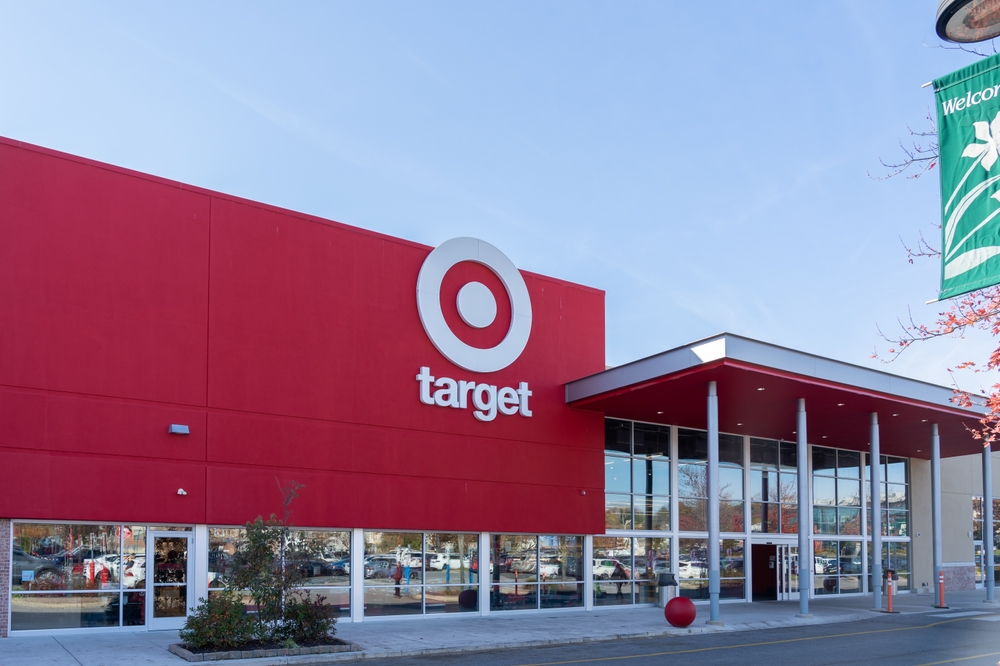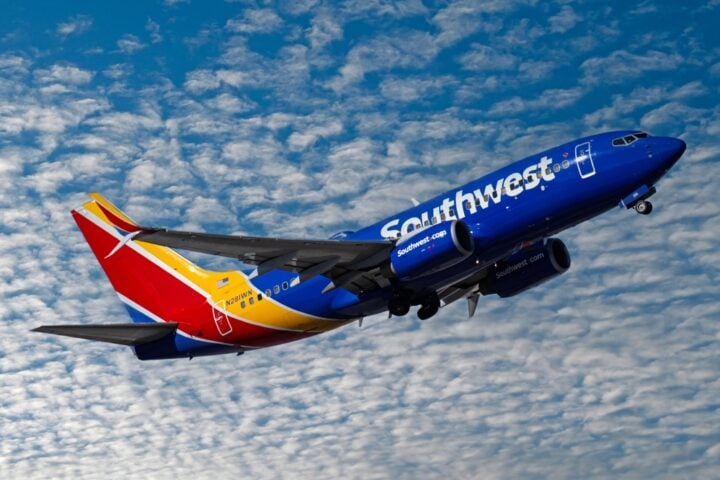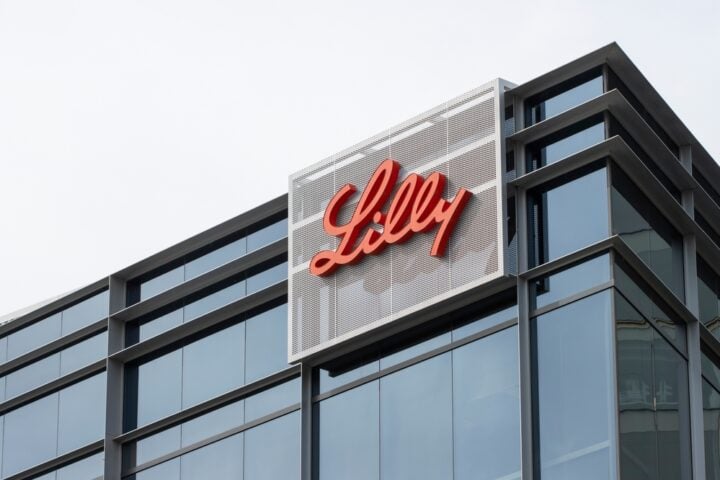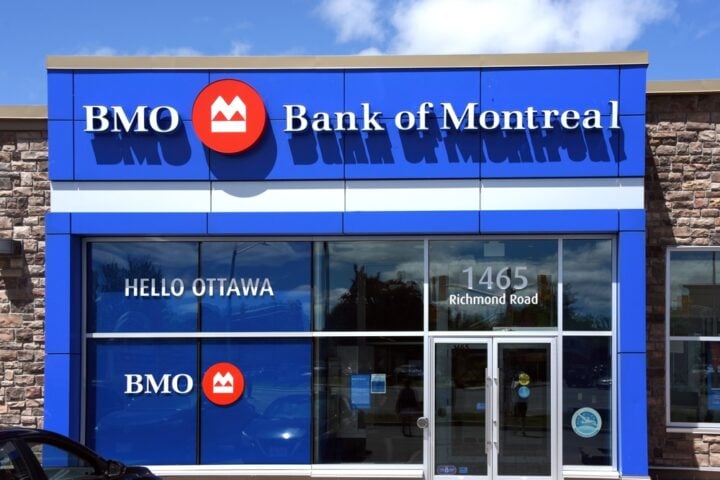Target has projected a lackluster holiday shopping season, forecasting flat sales for the year’s final quarter and lowering its profit outlook. The announcement comes alongside a modest 0.3% sales increase in its latest quarter, leading to a sharp 15% drop in Target’s stock price during early Wednesday trading.
A Bellwether for Consumer Spending
As one of the leading retailers, Target’s performance serves as a critical barometer for the retail sector and consumer spending habits. The holiday season is crucial for many retailers, especially smaller businesses that rely heavily on strong end-of-year sales to sustain operations.
While Target has the resources to endure a weak holiday period, the struggles it faces are indicative of a broader pullback among middle-class consumers, a group that has been grappling with tighter budgets due to inflation.
Inflation and Shifting Spending Habits
Target’s CEO Brian Cornell noted that customers are prioritizing essentials over discretionary items, including home decor, electronics, and nonessential clothing.
“Consumers tell us their budgets remain stretched and they’re shopping carefully as they work to overcome the cumulative impact of multiple years of price inflation,” Cornell said.
Challenges with Merchandise Mix
A key issue for Target lies in its merchandise mix, which leans heavily toward discretionary goods. Over half of its inventory is comprised of non-essential items, leaving it more exposed to fluctuations in consumer sentiment. Competitors like Walmart and Costco have a stronger focus on essential goods, particularly groceries, which have demonstrated resilience in times of economic uncertainty.
Although Target has added more groceries and household essentials to its offerings, it remains behind Walmart, where food accounts for nearly 50% of sales. Target’s comparatively higher prices have also put additional pressure on its performance.
Strong Performance from Rivals
While Target faces headwinds, other retailers are thriving.
- Walmart reported a 5.3% increase in same-store sales in the U.S. during its latest quarter, coupled with an 8.2% profit growth. The retailer also raised its financial outlook, signaling confidence in a strong holiday season.
- Walmart gained significant market share, driven largely by upper-income households earning over $100,000 annually, which accounted for 75% of its growth last quarter.
- TJX Companies, the parent company of TJ Maxx and Marshalls, also posted strong results, with a 3% increase in same-store sales and an improved financial outlook.
Price Reductions Offer Limited Relief
To attract cost-conscious shoppers, Target has slashed prices on thousands of items. However, these efforts have had limited success, with analysts suggesting that Target is losing market share to competitors such as Amazon, Walmart, and Costco.
Retail Outlook Amid Economic Uncertainty
Target’s flat sales projection underscores the challenges facing retailers dependent on discretionary spending. While inflation has eased somewhat, its lingering effects continue to shape consumer behavior, particularly among middle-class households.
The contrasting performances of Walmart and Target highlight the importance of adapting to changing consumer preferences in a challenging economic environment. Retailers that align their strategies with these shifts are more likely to thrive during the crucial holiday shopping season.







